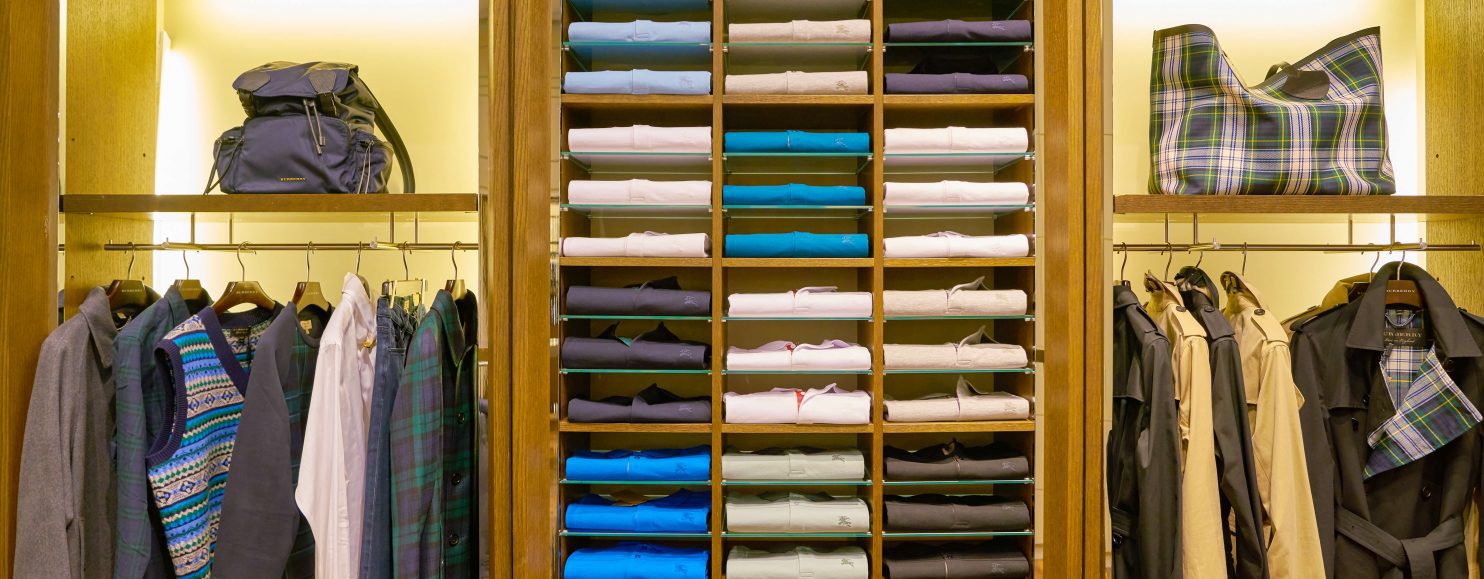Designer’s responsibilities vs. Manufacturer’s responsibilities
Building an iconic clothing line relies on epic apparel, timing, a little luck, and a solid relationship with an expert in the manufacturing process. When you begin discussions with a potential manufacturing partner, it’s important to lay out your expectations and reasonable to expect a clothing supplier to do the same. Show them you care as much as they do.
Tell Your Story
When clothing manufacturers sit down with designers, they can often tell how serious the designer is from the beginning. To show your commitment and to stand out, it is imperative to introduce yourself and your apparel with enthusiasm and confidence. You are looking for a partner who will share the same excitement about building your brand that you do, so impress them with your strategy and carefully planned expectations of their partnership.
Here are a few subjects you should be prepared to clearly discuss.
- Who Are You? – An experienced clothing manufacturer meets with many designers in a short period of time. How are you going to stand out during your presentation? Show potential partners you are a reliable client by discussing detailed plans for production and a well-thought out vision and be open about your budget.
- Your Niche – Who are you designing clothes for? Are you reaching out to the workforce, sporting industry, or the public as a whole? Provide a manufacturer with as many details as possible about your goals in making an impression in the fashion industry.
- Explain Experience – Your knowledge of the manufacturing process will determine the way a potential partner can discuss their strategy. For instance, if you are just breaking into the industry, the initial conversation will likely be very basic and focus on high-level planning. For those who are already familiar with the process, a manufacturer can forget the small stuff and jump right into a more in-depth conversation.
The key to working with a clothing supplier who will set your brand up for success is to be honest, prepared and open to criticism.
Order Volume Matters
Since many clothing manufacturers outsource the production process to companies overseas, the size of your order can make a significant difference in cost – directly impacting your apparel’s market value once its completed.
Don’t expect to be taken seriously if you walk into a meeting with a supplier and demand to order a few items to “test the waters” with your design. Reputable-clothing manufacturers are busy and will likely turn down the partnership as it simply isn’t worth their time.
Keep in mind that suppliers must meet their own minimum-order quantities when purchasing material, hiring staff and using expensive technology to back your project. Show them you are serious by adhering to their expectations as far as order size. Because you will likely end up making a sizeable order, it’s crucial that you work with a manufacturer who can guarantee your apparel will fit to expectations, meet your requirements visually, and perform as expected. Don’t risk your investment by working with a company who can’t hold up to their end of the agreement.
You Have Options
According to the United States Department of Labor, in the 4th quarter of 2017, there were over 6,500 apparel manufacturers operating as private industries. Finding a manufacturer is not the issue for designers – hiring one that offers exactly what you need is the challenge.
How much guidance do you require to take and idea from purely conceptual to a finished product? Have you already worked towards an epic design and simply need assistance in the manufacturing process? If so, a cut-make-trim provider may be your best bet. They will take the lead by developing your vision and creating the apparel.
However, when you need help from the bottom up, full-package production should be considered. Thanks to innovative technology, expert apparel manufacturers can help design, custom fit, and develop exactly what you are asking for. Some companies even use software to test how apparel performs with 3D prototypes, eliminating the need for expensive fabrics during prototyping. From design to delivery, an FPP will be involved in every step.
Of course, when starting a fashion line, your budget is likely one of the largest factors in choosing a manufacturing partner. Keep in mind, if a supplier’s price point seems “too good to be true,” it probably is. Are you willing to sacrifice quality and a guiding hand from a reputable partner just to get your apparel on the market?
Much like any industry, the saying “you get what you pay for” rings true in the fashion industry.
Speaking of Budget
When developing your business plan for a clothing-line start up, the question of budget undoubtedly had a significant impact on your strategy. While discussing terms with an apparel manufacturer, be honest with what you can afford and what you expect to pay. An expert may be able to customize a package which makes sense for your budget and vision.
Accepting a quote from a fashion manufacturer is a milestone, but it also comes with responsibility. After committing to a price point, it is your duty to ensure profit margins can be met while making your payments on time. Failure to meet your financial commitments will do more than hinder your goal of succeeding in the fashion industry – your reputation, brand and career are on the line. Make a budget; Stick to budget – Enough Said.
Know Every Detail
To ensure you know exactly where your dollars are going and have a clear understanding of when your apparel will be delivered – you must ask the right questions. Especially if you’re new to the industry, the questions you ask can make the distinction between being entirely prepared, or being left in the dark, hoping for the best.
Remember, an apparel manufacturer does not know your level of expertise in the process. What they may think of as “common knowledge” to designers can be foreign to you if you’re just getting started. Make sure to ask your potential partner to be specific on these subjects.
- Breaking Down Costs – While it can be difficult to narrow down where each penny goes, ask a manufacturer to break down their charges for each stage of the process: fabric costs, design fees, labor rates, etc.
- Know the Deadline to Make Changes – Asking for a last-minute change after a given deadline can hinder the progress of your clothing and may lead to additional fees. Be conscious of the time frame and respect your partner by working out the kinks before production is set to begin.
- When to Expect Your Clothing – Engage in a conversation to discover exactly when you should have your apparel in hand. Understanding this part of the process will give you an edge when planning to begin marketing and approach retailers. A reputable supplier should explain lead times, available production slots and update you on progress or setbacks during the process.
Plan for Additional Costs
While a good clothing manufacturer will be upfront about the fees they require to bring your clothing to life, there are certain factors that sometimes aren’t discussed or are out of their hands. Especially if your apparel will be built overseas, you must prepare for unexpected fees like export or import duties. This brief explanation of the strict-classification methods used by the United States Department of Homeland Security shows you how easy it is for your clothing to acquire additional duty rates.
You should also consider the packaging, shipping, and labelling fees when building out your production budget. This conversation is easy to forget when you’re in the midst of explaining the vision for your fashion line.
 About Stars Design Group: Founded by industry experts, Stars Design Group global fashion design and production house that helps clients bring their apparel to market. We consult, design, and facilitate production and delivery.
About Stars Design Group: Founded by industry experts, Stars Design Group global fashion design and production house that helps clients bring their apparel to market. We consult, design, and facilitate production and delivery.
Understanding that the apparel industry is about evolution and not revolution, we continue to refine the way the industry does business. Embracing the latest 3D design and development software, we help to refine the design and approval process in a digital landscape, paving the way for rapid decisions and execution of programs while reducing mistakes, improving fit, minimizing returns, and increasing profit margins.
With a network of 67 factories in 14 countries worldwide, our relationships are generations deep. Being diverse in our manufacturing locations, we are nimble in an ever-evolving landscape and provide ethically manufactured apparel and accessories.

